So, you want to build a tiny house in Colorado, but you don’t know where to start? Between zoning laws and construction regulations, this kind of project can seem daunting at first. No need to worry though. Once you’ve figured out the specific regulations in your city, you’ll see that it’s not so complicated after all.
Colorado’s Tiny House Laws
Like in many states across the U.S., most of the cities in Colorado don’t have specific laws for tiny houses. Instead, they use the restrictions that are already set in place for similar structures. For example, in Aurora, a tiny house is considered a single-family home. It must be constructed on a lot similar to those designed for mobile homes and follow all city codes.
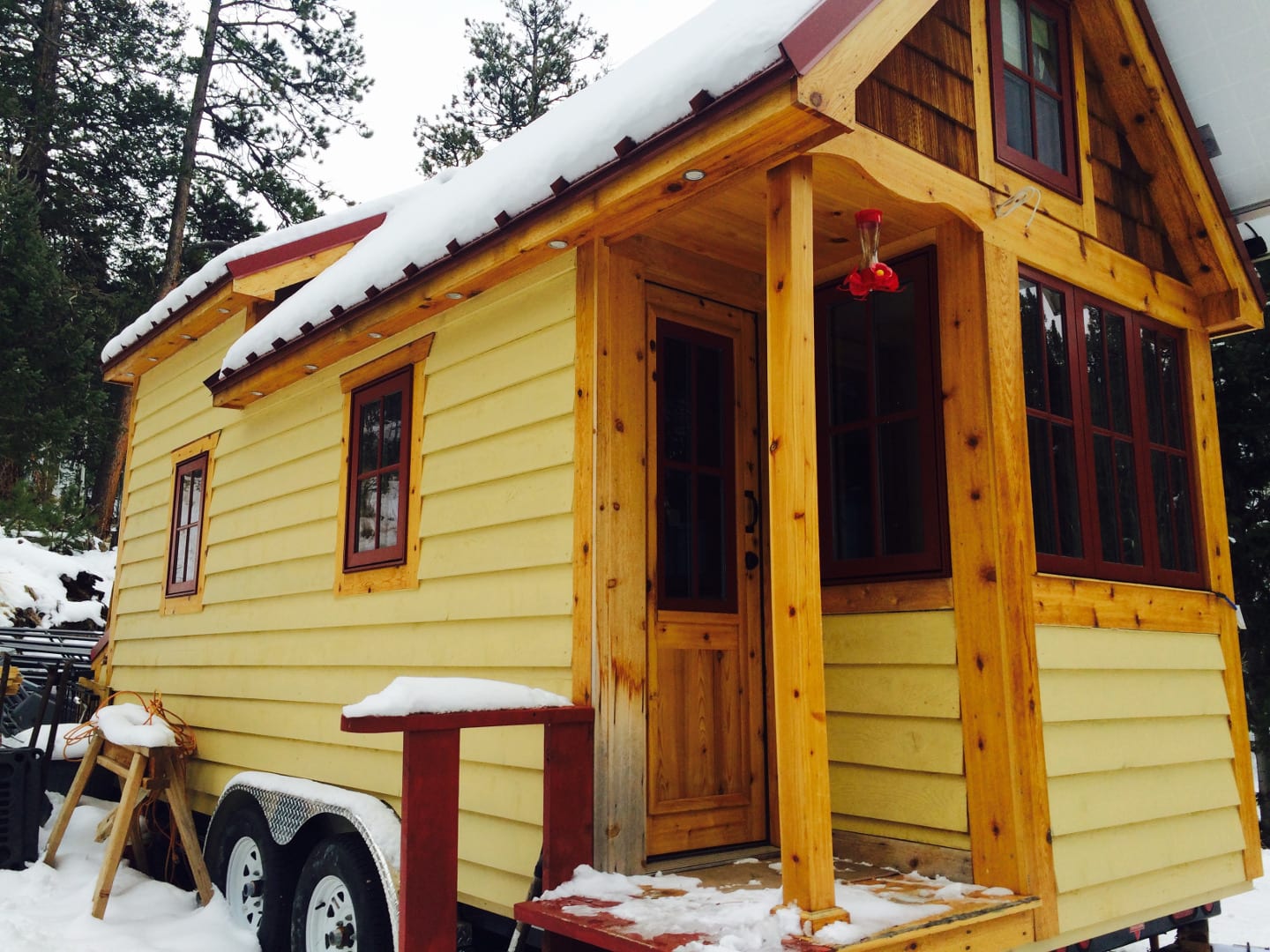
This means the structure will need to be hooked up to the city’s water and sewage systems, which is considered living on the grid. Living off the grid in Colorado would require owning a piece of land.
Other cities have placed these unique small structures under the same category as RVs, especially in regards to a tiny house on wheels. This is the case in the city of Lakewood where a tiny house should only be used as a temporary living space. For something more permanent, it will need to be built on a foundation and follow city codes similar to those in Aurora.
The only way to know for sure what the zoning and construction laws are in your city is to contact local officials. As tiny houses become more popular, cities are updating their regulations to include more flexible building requirements, but this will take time. Once you’ve learned what the laws are in your city you can decide whether or not you’d like to build there.
Best Places to Build a Tiny House in Colorado
If you don’t have a specific city in mind for the building of your tiny home, you might want to look into cities where the regulations are more relaxed. This is especially important if you plan to live in the structure you build full time.
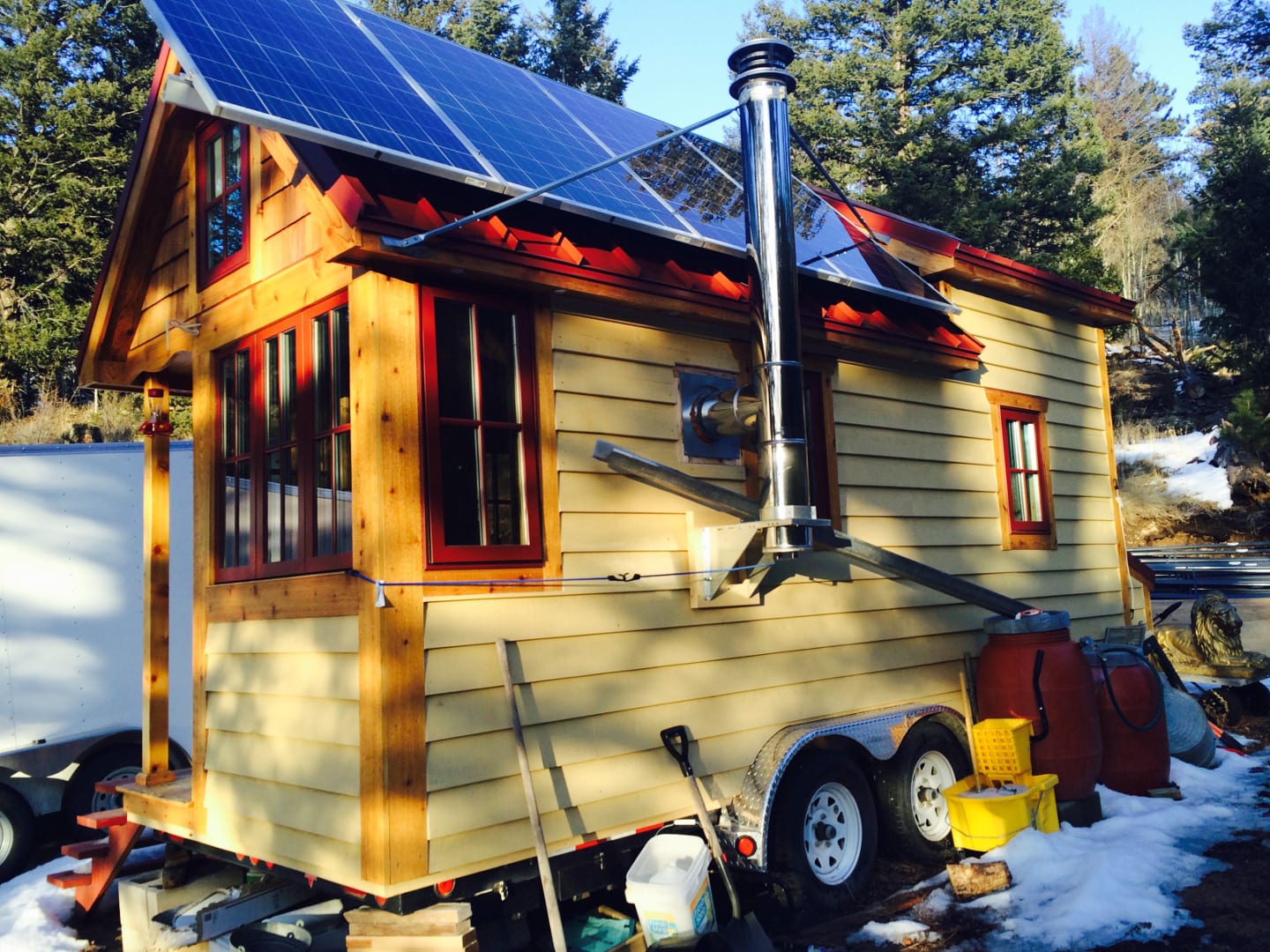
Below are some of the best cities and counties in Colorado to construct your tiny house:
El Paso County
As mentioned earlier, tiny houses on wheels are often considered to be recreational vehicles that people aren’t allowed to live in full time. Depending on what city you’re in, regulations can state that you can only live in your tiny house for anywhere between 2 weeks and 180 days per year. One of the first cities in Colorado to change this was El Paso County who reclassified tiny houses as a separate living space. As long as they’re built or parked in designated areas and pass inspection, people can live in their tiny homes all year round.
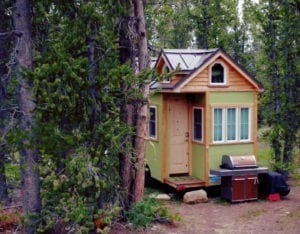
Walensburg
A small town in southern Colorado, Walensburg has just 3,000 residents. Back in 2014, zoning laws were changed so that people could build tiny homes on residential lots. They need to be constructed on a foundation though, so no tiny houses on wheels, but if you own a piece of land then that’s likely what you’ll want to do anyway. Your home will also need to be hooked up to the city’s sewage and water lines, which tends to be more comfortable than other tiny living options anyway.
Salida
Smack in the middle of Colorado is a tiny house development in Salida called the River View at Cleora. Located in the heart of the Rockies, the community is known for more than just their tiny houses. The area is close to some of the best destinations in the world for whitewater rafting and skiing. With a community kitchen, exercise facility, storage units, and a management team, this development is similar to many traditional retirement communities.
Tips For Building A Colorado Tiny House
When you’re ready to build your tiny house in Colorado, there are a few crucial steps to take first:
- Determine whether your tiny house will be stationary of mobile.
- Decide on a location.
- Learn the zoning and construction laws of that area.
- Get any necessary permits.
- Buy tiny house plans.
- Choose your electric power source.
- Create a list of materials.
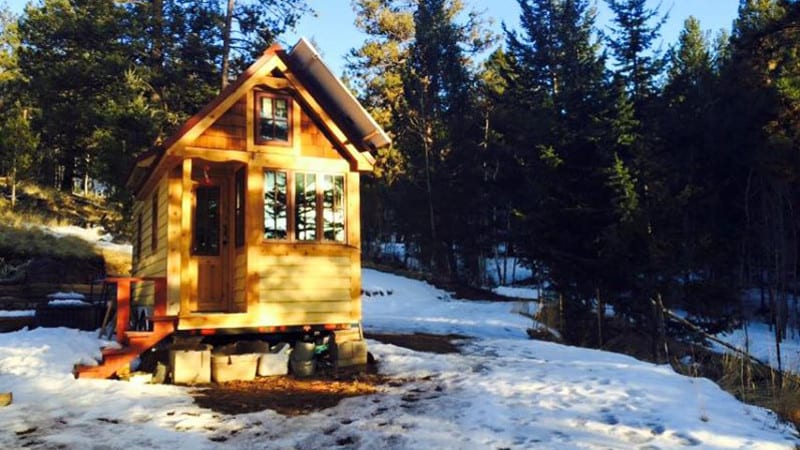
Now that you know the initial steps to take in order to build a tiny house in the Centennial State, you’re ready to get started. With the housing market being where it is right now, few people who are just getting started or looking to retire are able to afford a place to live. The tiny lifestyle not only provides a reasonable solution, but it helps to convert people to a more energy efficient home and minimalist lifestyle.

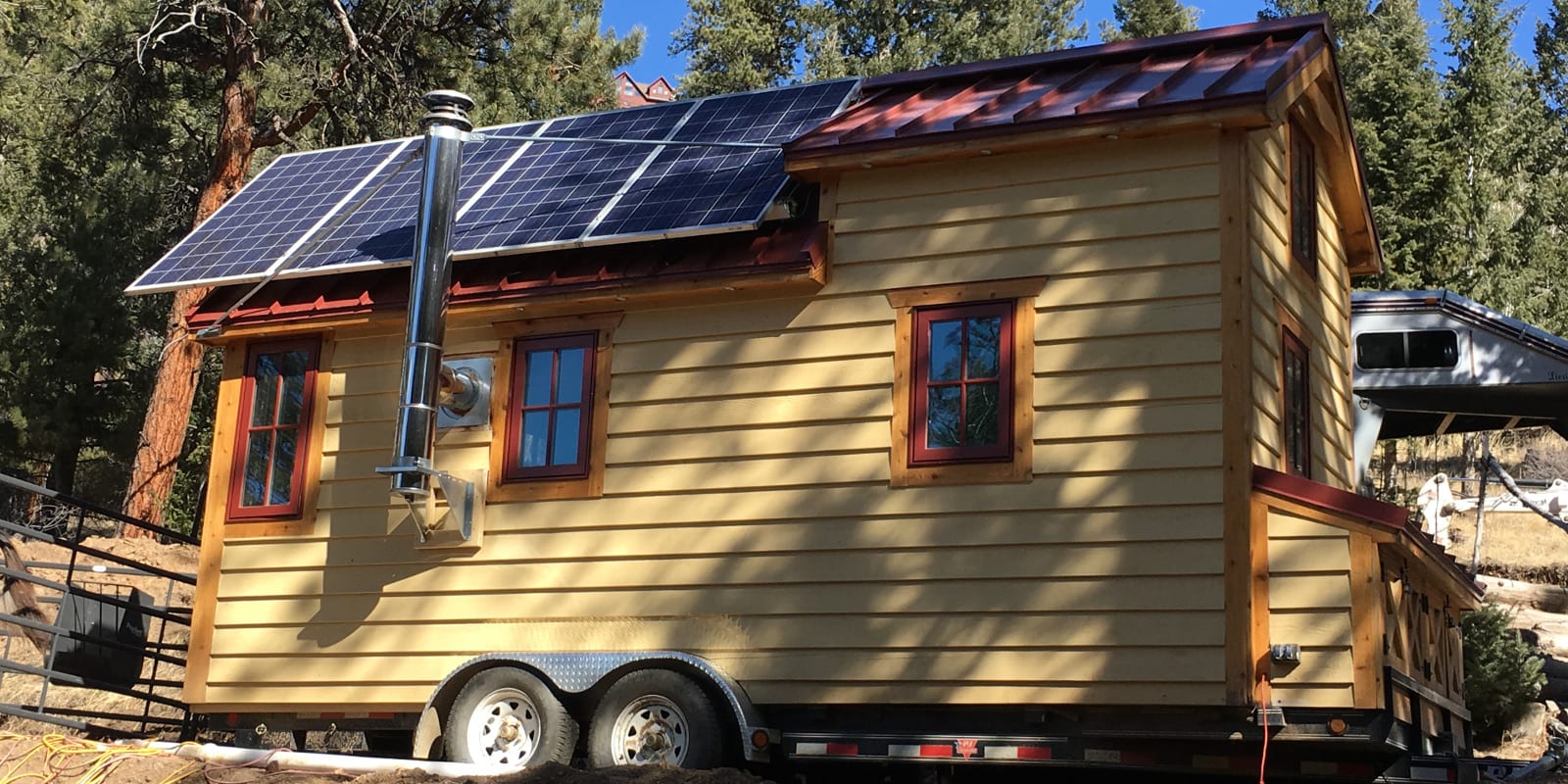
 How Colorado businesses can grow their social media followers
How Colorado businesses can grow their social media followers